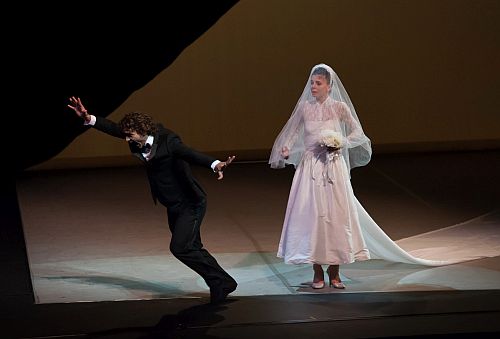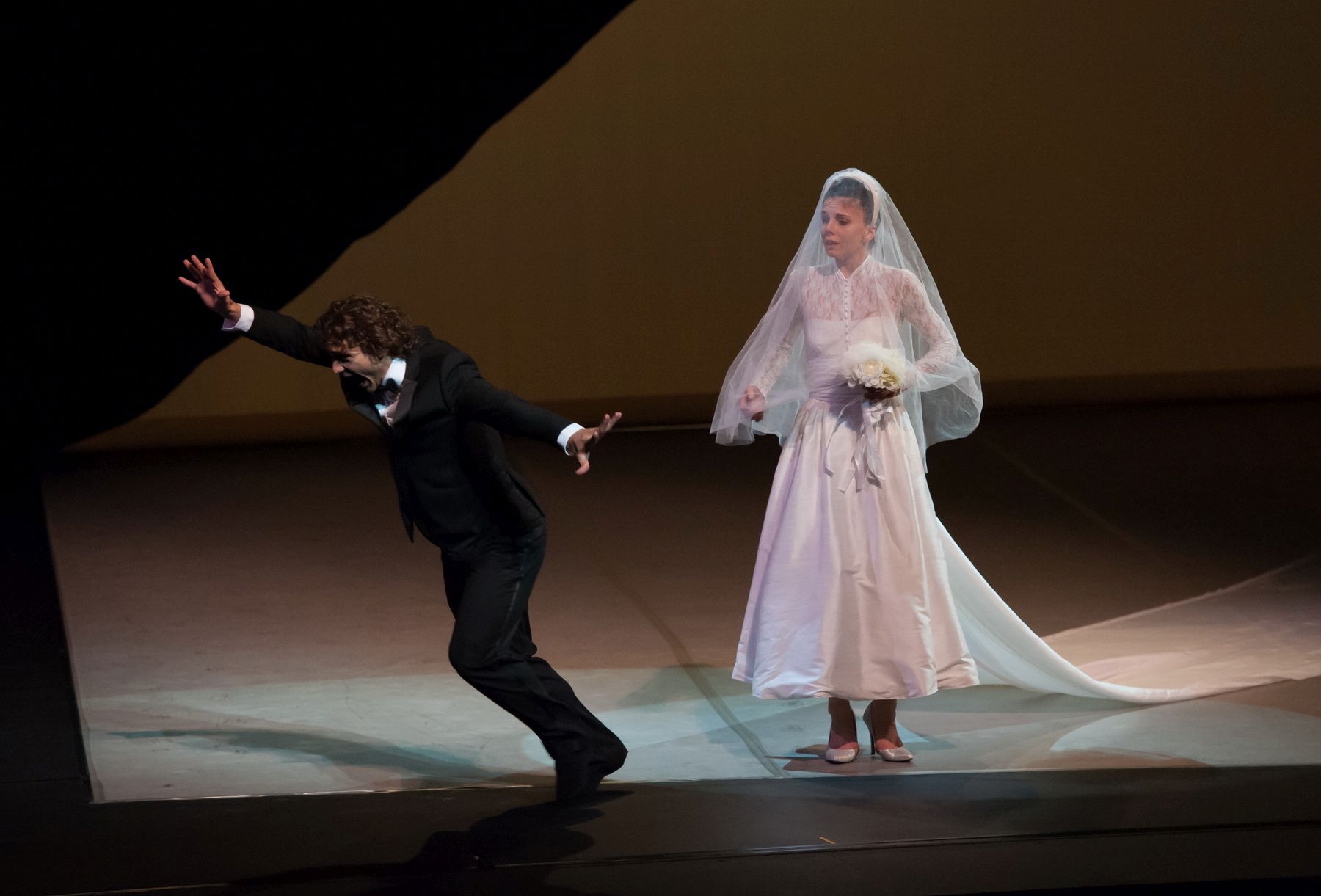 United KingdomGlass, Chopin and other composers, Ardani 25 Dance Gala: Marriott, Gomes, Pita, Sergei Danilian, London Coliseum, London, 17.7.2015 (J.O’D)
United KingdomGlass, Chopin and other composers, Ardani 25 Dance Gala: Marriott, Gomes, Pita, Sergei Danilian, London Coliseum, London, 17.7.2015 (J.O’D)

Zeitgeist
Dancers: Natalia Osipova, Edward Watson, Marcelino Sambé, Tomáš Mock, Donald Thom
Choreography: Alastair Marriott
Music: Philip Glass
Tristesse
Dancers:Marcelo Gomes, Joaquin De Luz, Denis Matvienko, Friedemann Vogel
Pianist: Andrei Gugnin
Choreography: Marcelo Gomes
Music: Frederic Chopin
Facada
Dancers: Natalia Osipova, Ivan Vasiliev, Elizabeth McGorian
Guitar: Frank Moon
Choreography: Arthur Pita
Towards the end of the Mikhailovsky Ballet’s Giselle at the Coliseum in 2013 Ivan Vasiliev (as Albrecht) lay panting on the stage. Because Natalia Osipova (as Giselle) had pleaded with the Queen of the Wilis for his life, he could pant. At the end of Arthur Pita’s Facada, the final work in impresario Sergei Danilian’s Ardani 25 Dance Gala, Vasiliev lies still. Standing over him, Natalia Osipova plunges a knife deep into a pot of white flowers that symbolises the love she once felt for the man who left her standing at the altar. It is the powerful finish to an evening of dance as disparate as the word ‘gala’ suggests, but of a quality that is uniformly high.
The evening starts with a small number of First Artists, Soloists and Principals from The Royal Ballet (Natalia Osipova the only woman among them) in the world premiere of Alastair Marriott’s Zeitgeist. According to the programme for his Connectome at the Royal Opera House last year (which this work closely resembles), the choreographer and former Soloist with The Royal Ballet is ‘very proud of his classical ballet heritage’. Among the tendril-like, almost underwater movements of arms and legs to the recorded music of Philip Glass there are jetés and travelling spins.
Like Connectome, Zeitgeist makes reference to the passing of time through its combination of younger and older dancers, but on his first entrance Edward Watson is also separated from Marcelino Sambé, Tomáš Mock and Donald Thom by a yearning similar to that of Prince Siegfried in Swan Lake. The frisson produced by Osipova’s appearance at exactly the right point in the music brings that ballet’s Odile to mind. During the subsequent duets, in which the bodies of both dancers seem newly softened, she is more like its troubled Odette.
In Danilian’s Kings of the Dance at the Coliseum last March, Nacho Duato’s Remanso cried out for live piano accompaniment. The ‘UK premiere’ of Tristesse, choreographed by Marcelo Gomes in 2014, gets it. Seated at an onstage grand piano, Andrei Gugnin plays works by Chopin (the titles of which are not listed in the programme) and snatches of Mussorgsky. Joaquin De Luz, Denis Matvienko, Friedemann Vogel and Gomes himself would seem to be lovers and ex-lovers, gathered not altogether amicably where there is a piano for them to dance to. They dance duets of a tender nature, and virtuosic solos that display the ‘knowledge’ each dancer has in his body.
With such experienced dancers, of such different backgrounds, this adds up to a great deal of knowledge. Vogel pleases the audience by sending waves of movement through his torso; Gomes performs a grand manège; the taut Matvienko stops short, after running across the stage, in a way that makes one think of German Expressionism, the films of Sergei Eisenstein, and also of the dancer Ivan Putrov. It is a placing of the body in scenic space that may have been taught at the Kiev State Choreographic Institute, where both men trained. The ‘sadness’ of the title, felt by Gomes, comes at the end.
Facada was first performed as part of Natalia Osipova and Ivan Vasiliev’s Solo for Two, which Danilian presented at the Coliseum (again) last summer. In a work that turns the plot of Giselle on its head, Osipova is a jilted bride and Vasiliev the groom who got cold feet. Frank Moon is on stage to perform music he composed for the piece. Elizabeth McGorian, a Principal Character Artist with The Royal Ballet, takes the part of a svelte florist who has seen it all before and who may be a modern-day Myrtha, Queen of the Wilis.
Comic, at times, at the start, the work becomes more serious in its second half. Vasiliev, in white underwear, dances himself to his death with tours en l’air that transmit energy to every part of the stage, but Osipova’s final solo, on a second viewing, does not seem to be a dance of revenge. It is, instead, the rather stiff, rather chilling dance of a woman who no longer has illusions. Osipova brings to it all the expression she brought to the second act of the Mikhailovsky Giselle.
John O’Dwyer
